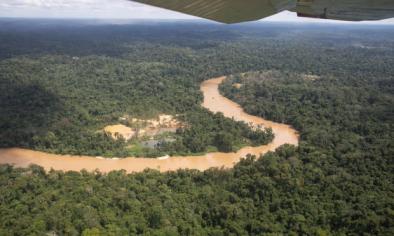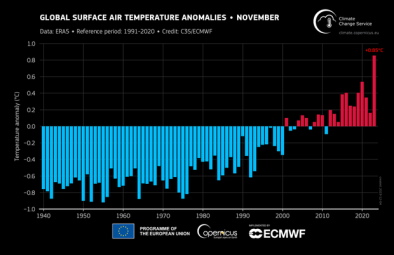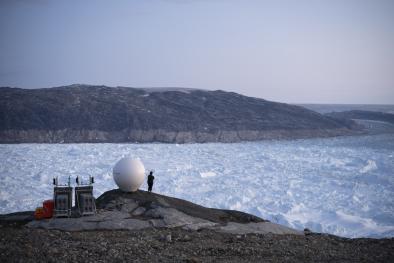Science Source
Towards the detection and attribution of an anthropogenic effect on climate
- States that it has been hypothesized recently that regional-scale cooling caused by anthropogenic sulfate aerosols may be partially obscuring a warming signal associated with changes in greenhouse gas concentrations
- Uses results from model experiments in which sulfate and carbon dioxide have been varied individually and in combination in order to test this hypothesis
- Results indicate that over the last 50 years, the summer (JJA) and fall (SON) observed patterns of near-surface temperature change show increasing similarity to the model-simulated response to combined sulfate aerosol/CO2forcing
- Finds that at least some of this increasing spatial congruence occurs in areas where the real world has cooled
- Provides the first evidence that both the largest-scale (global-mean) and smaller-scale (spatial anomalies about the global mean) components of a combined C02/anthropogenic sulfate aerosol signal are identifiable in the observed near-surface air temperature data
- States that if the coupled-model noise estimates used here are realistic, the anthropogenic signal identified is distinctly different from internally generated natural variability noise
- States that being able to detect the detailed spatial signature in response to combined C02 and sulfate aerosol forcing, but not in response to C02 forcing alone, suggests that some of the regional-scale background noise (against which we were trying to detect a CO2-only signal) is in fact part of the signal of a sulfate aerosol effect on climate
- Concludes that the large effect of sulfate aerosols found in this study demonstrates the importance of their inclusion in experiments designed to simulate past and future climate change
Related Content
Headline

Feb 15, 2024 | Climate Nexus Hot News
Amazon Could Reach Tipping Point By Midcentury
Headline

Jan 16, 2024 | Climate Nexus Hot News
2023 Smashes Hottest Year Record
Headline

Dec 7, 2023 | Climate Nexus Hot News
It’s Official - 2023 Is World's The Hottest Year On Record
Headline

Dec 7, 2023 | Climate Nexus Hot News
Earth Veering Closer To Dangerous Tipping Points


